151 individuals, including fishermen, demand halt to toxic water release
The Japanese government and Tokyo Electric Power Company have been sued for discharging nuclear-contaminated water into the sea but they still plan further releases despite protests at home and abroad.
On Sept 8, 151 individuals, including fishermen from Fukushima Prefecture, filed a lawsuit against the Japanese government and TEPCO, seeking to halt the release of nuclear-contaminated water into the ocean.
On Monday, TEPCO said it plans to start the second phase of discharging nuclear-contaminated water from the Fukushima Daiichi Nuclear Power Plant into the Pacific likely in October. It completed its first phase of discharge on Monday.
The first phase, which began on Aug 24, released approximately 7,800 metric tons of nuclear-contaminated water. This fiscal year's releases are scheduled to be four in total, equivalent to approximately 31,200 tons, Japan's daily newspaper The Asahi Shimbun reported.
The plaintiffs argue the release of nuclear-contaminated water not only violates fishing rights but also endangers the right of citizens to live peacefully. They contend that the government's decision to approve the release is illegal and are seeking the revocation of the Nuclear Regulation Authority's approval for changes to the release plan and pre-operational inspections of the facilities. They are also demanding that TEPCO cease the release.
According to the plaintiffs' legal team, the lawsuit is the first of its kind in Japan, challenging the release of nuclear-contaminated water. The second filing of the lawsuit is planned for the end of October.
"This lawsuit is a clear demonstration of the opposition of many people in Japan to the ocean discharge of contaminated water from the Fukushima Daiichi Nuclear Power Plant," Etsuro Totsuka, a human rights lawyer in Japan, told China Daily.
"In my understanding, it's not just the 151 individuals, but many more may join as plaintiffs in this lawsuit, indicating the potential for the opposition movement to grow even larger," said Totsuka.
Lawsuits fighting against such pollution are known as pollution lawsuits and have been very challenging. However, victims have continued to fight, even reaching the Supreme Court and achieving victories. Such movements have raised public awareness about pollution issues and have had a significant impact on Japanese politics, Totsuka said.
Explaining why it is necessary to go to court, Tsuguo Hirota, a co-representative of the plaintiffs' lawyers, said neither the Japanese government's nor TEPCO's statements can be trusted. In such a situation, there is no way for the residents of Fukushima, both as citizens and fishermen, to maintain a healthy life except by standing up in court.
The Japanese government has intentionally used "treated water "in describing the release, instead of nuclear-contaminated water. Experts clarified the Fukushima water may contain many kinds of nuclides instead of the Japan-touted tritium alone.
The lawyers told a news briefing on Aug 23 that the government's explanation that ocean discharge is necessary for Fukushima's recovery is deceptive. There is no immediate need to remove the water tanks as there are many locations on and near the premises, including the planned construction site for units 7 and 8, where tanks can be installed.
Alternative solutions
In addition to ocean discharge, alternative solutions such as expanding large tanks or solidifying contaminated water with mortar have been proposed but have not been adequately considered, they said.
"There has been no deliberate discharge of radioactive waste into the sea in the past. Even if it is diluted, the total amount of radioactive substances remains the same. So-called treated water contains not only tritium but also cesium-134, cesium-137, strontium-90, iodine-129, carbon-14 and more. Their health effects have not been properly assessed, and their safety has not been confirmed," said the plaintiffs' lawyers.
Even if the harm caused by the discharge of nuclear-contaminated water cannot be conclusively predicted in advance, the approach of releasing it into the ocean, especially when there are alternatives available, goes against the precautionary principle listed in the Convention on the Prevention of Marine Pollution by Dumping of Wastes and Other Matter, said Yuichi Kaido, a co-representative of the plaintiffs' legal team and a lawyer at the Tokyo-Kyodo Law Office.
He said the Japanese government's actions are not aligned with the rights of fishermen to engage in their livelihoods, and the actions infringe upon their personal rights and threaten their peaceful lives.
Local fishermen have already experienced a drop in seafood prices in Miyagi Prefecture in anticipation of the ocean discharge. What fishermen want is to see the smiling faces of consumers who enjoy their products, the Weekly Women magazine reported.
It is strongly recommended to take fundamental measures to prevent further generation of contaminated water, such as the construction of impermeable walls. For the already generated contaminated water, long-term on-land storage should be performed, allowing for radioactive decay, and sincere consideration should be given to environmentally less burdensome disposal methods like mortar solidification, Kaido said.








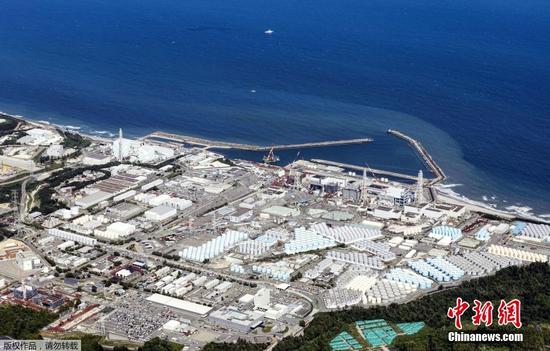





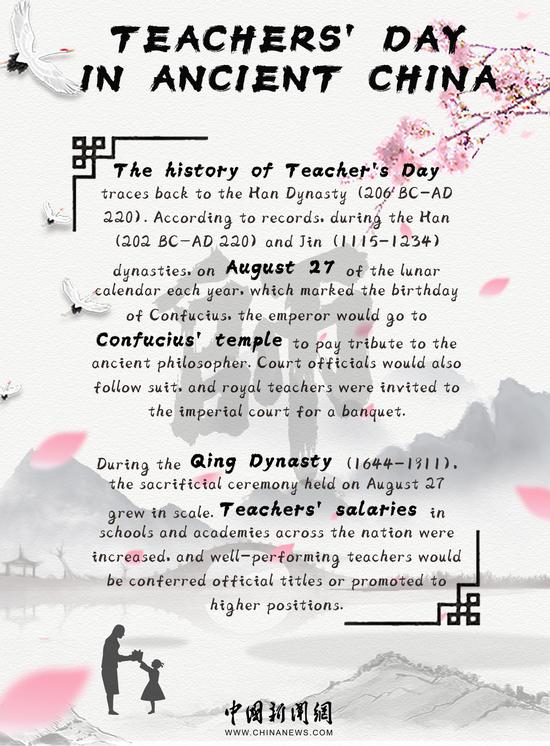

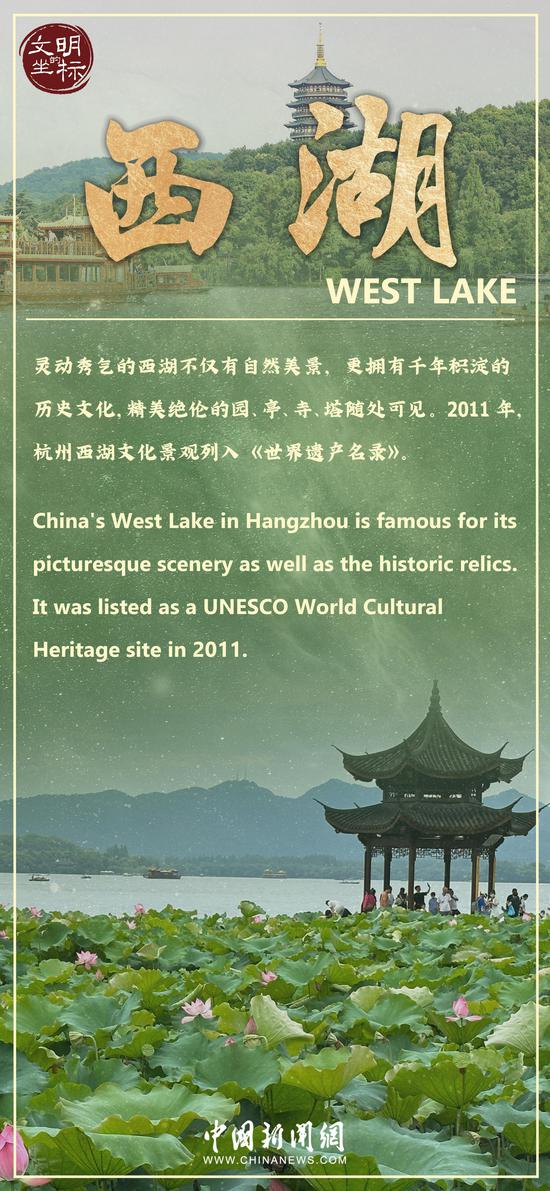
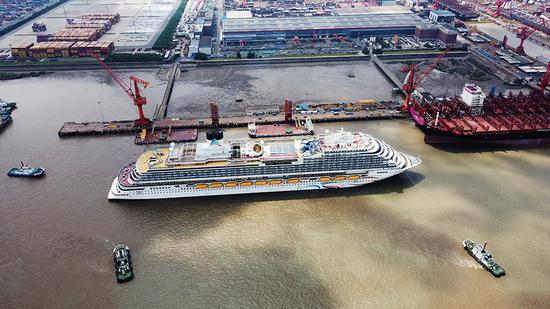









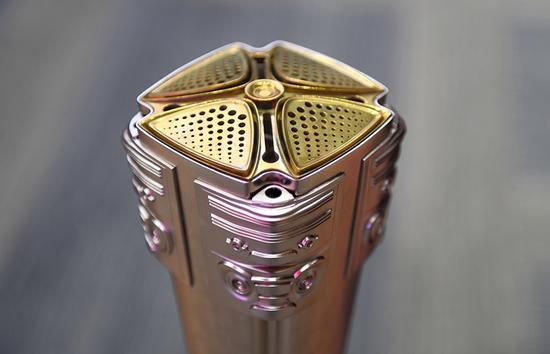

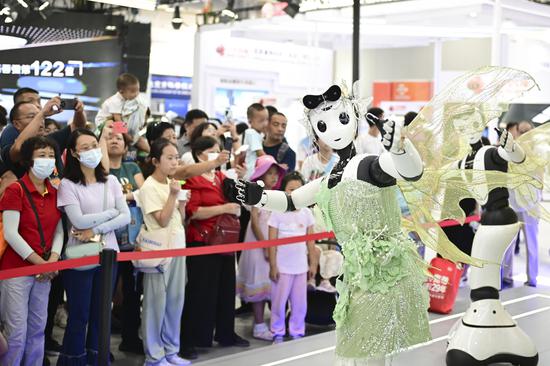
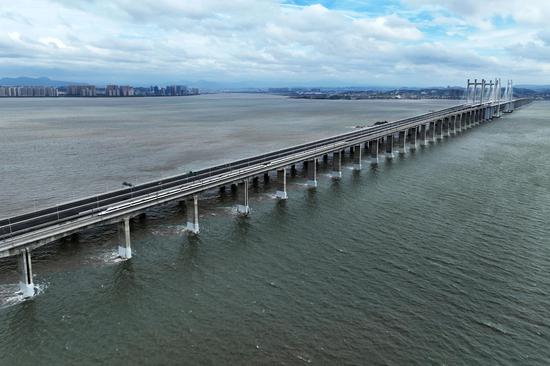















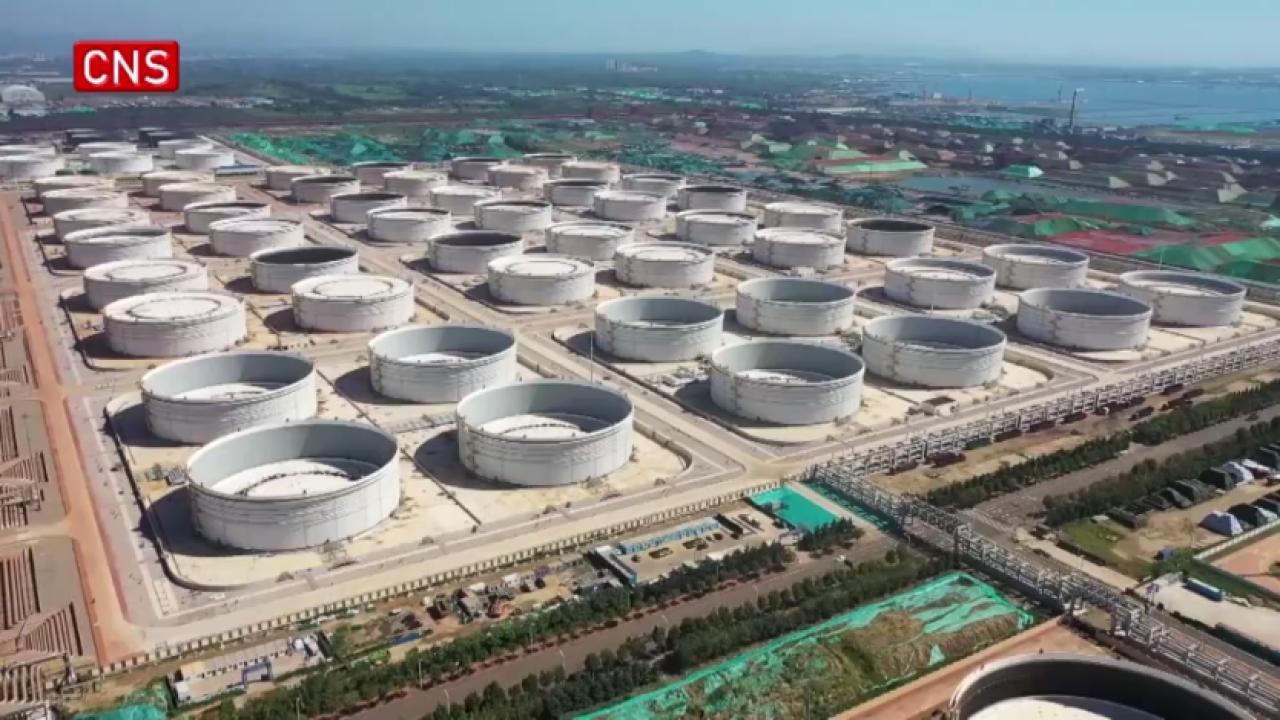

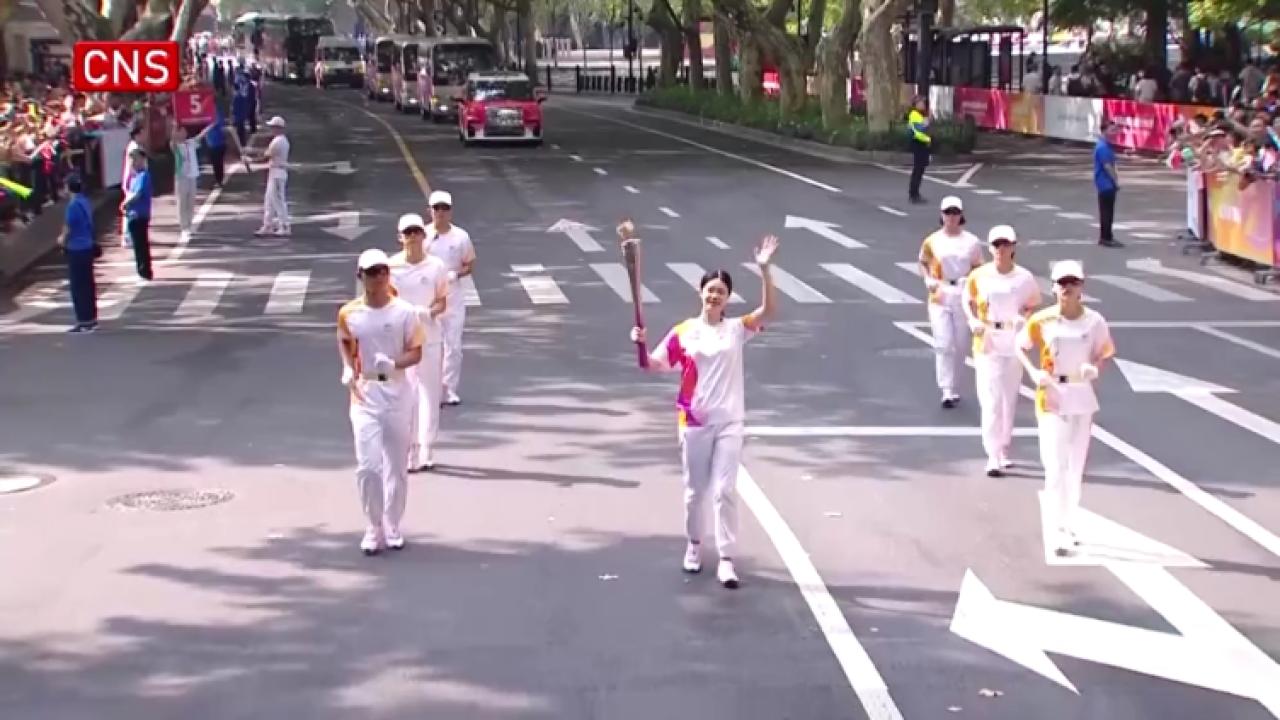

 京公网安备 11010202009201号
京公网安备 11010202009201号